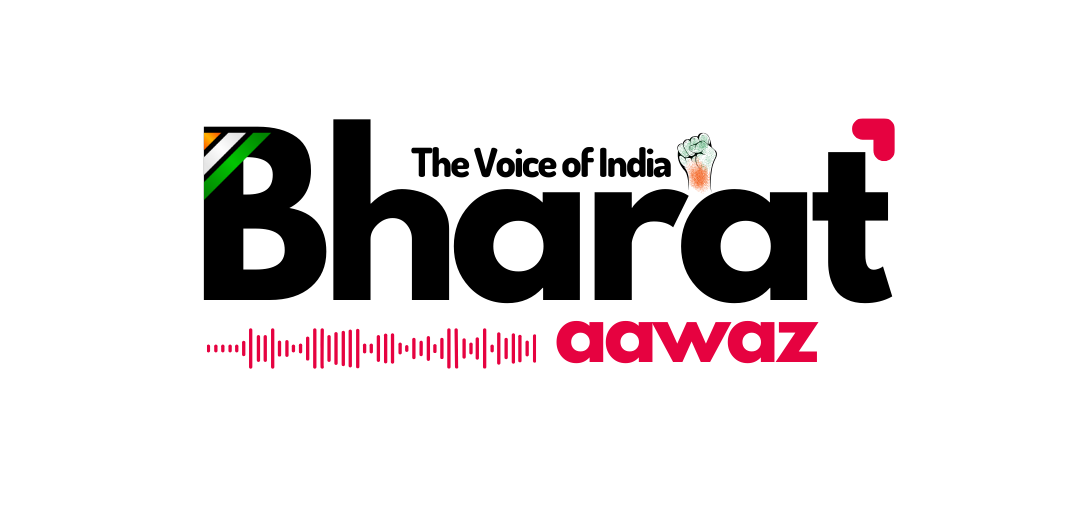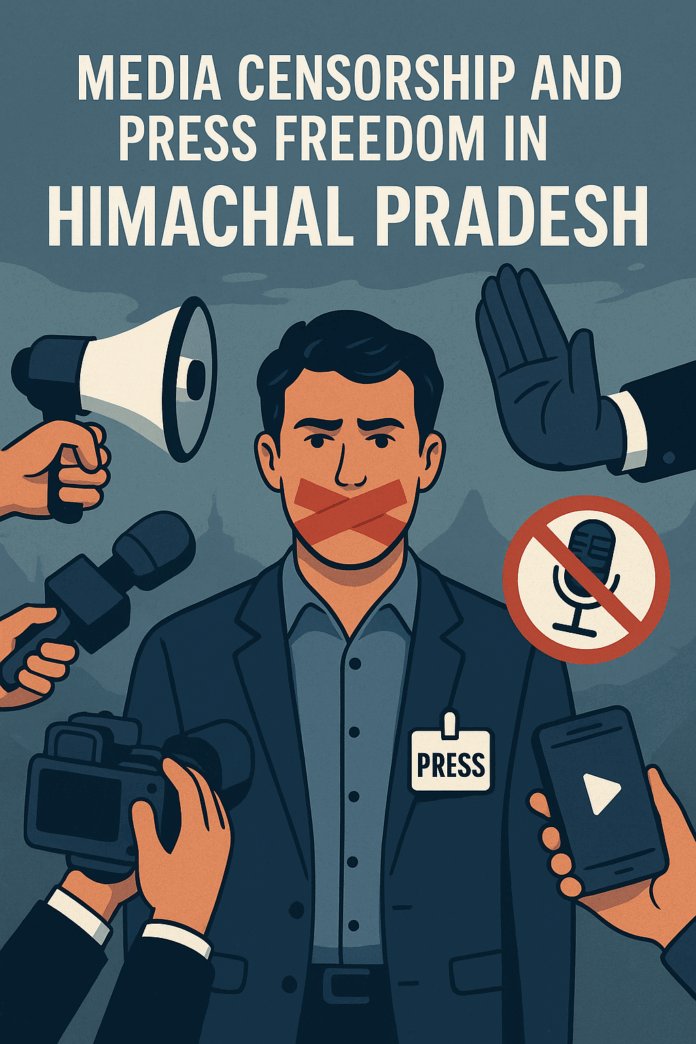🗞️ Media Censorship and Press Freedom in Himachal Pradesh: Between the Lines of Silence and Speech
In the lush valleys and snowy heights of Himachal Pradesh, life often feels far removed from the political storms of the mainland. But beneath its calm exterior, the media landscape of Himachal is navigating a complex terrain — one marked by growing public voice and increasing scrutiny, but also shadowed by censorship, pressure, and fear.
While Himachal Pradesh enjoys relatively more media freedom than many other Indian states, the silence should not be mistaken for complete safety. In recent years, the shrinking space for critical journalism, especially at the local level, has raised alarms.
🧭 The Reality of Press Freedom in Himachal Pradesh
Unlike conflict zones or high-political-voltage states, Himachal hasn’t seen frequent direct attacks on journalists. But this calm hides subtle yet powerful forms of media control:
-
Self-Censorship is growing, especially in small towns and districts. Journalists often avoid reporting on sensitive local issues — corruption, land deals, police misconduct — to avoid conflict with powerful figures.
-
Political Pressure: Local politicians and bureaucrats are known to influence coverage through phone calls, withdrawal of government ads, or threats of defamation lawsuits.
-
Online Trolling: Reporters, especially those using YouTube and social media, face hate messages and character attacks when they question authority or highlight governance failures.
-
Legal Challenges: Use of legal tools like IPC Sections 505 (public mischief) and 124A (sedition) has been reported in a few cases against outspoken individuals or small news platforms. Even if not widely publicized, these actions create a chilling effect.
📌 Case Examples That Raised Eyebrows
-
Environmental Activists in Kinnaur
Local citizen reporters who documented the negative impact of hydropower projects faced social pressure and online abuse for “hurting development.” -
Panchayat-Level Reporting in Solan & Mandi
Journalists who exposed irregularities in MGNREGA funds or mid-day meal schemes were allegedly threatened with cancellation of their press credentials or access to events. -
Digital Journalists in Hamirpur
A few independent YouTubers reported facing FIR threats after covering alleged corruption in recruitment processes.
🛡️ Legal and Institutional Gaps
-
Himachal lacks a dedicated state-level media grievance redressal cell or independent press ombudsman.
-
Many local journalists work without legal support, health insurance, or even valid press ID — making them more vulnerable to retaliation.
-
Digital media creators in rural areas are often not recognized by mainstream associations, further isolating them from legal or moral backing.
🌐 Bharat Media Association’s (BMA) Role in Ensuring Media Safety
To address these gaps, Bharat Media Association (BMA) is working to establish:
-
Legal Protection Network: Providing legal advice, bail assistance, and access to pro bono lawyers.
-
Press Freedom Watch Cells: District-level monitoring cells to report censorship, intimidation, and harassment.
-
Digital Security Training: Teaching journalists how to protect their identities, data, and sources online.
-
Mental Health Support: Addressing stress, burnout, and trauma journalists face under constant pressure.
-
Credential Support: Helping independent and rural journalists obtain proper media recognition.
🚨 The Line Between Regulation and Suppression
Censorship isn’t always about banning news or jailing reporters. In Himachal, it often appears as:
-
Withholding advertisements to punish critical coverage.
-
Harassing family members of whistleblower journalists.
-
Calling village elders or community leaders to pressure local reporters.
-
Filing vague police complaints that hang over journalists like swords.
Such practices dilute democratic accountability and suppress the essential role media plays as a public watchdog.
🕊️ The Way Forward: Protect, Promote, Preserve
Press freedom in Himachal Pradesh must be actively protected — not just passively assumed. The state, media organizations, and civil society must come together to:
-
Create safe spaces for independent journalism.
-
Draft a state media charter that upholds freedom of expression.
-
Train journalists on constitutional rights, media laws, and grievance redressal.
-
Build solidarity networks for rural journalists.
🎙️ Final Message
In the heart of Himachal’s peaceful villages and scenic towns lies the strength of a free voice. When that voice is silenced subtly or forcefully democracy loses a guardian.
Let every journalist, every citizen reporter, and every digital storyteller in Himachal know:
“Truth does not echo unless someone dares to speak it.”
Bharat Media Association stands beside every brave journalist with courage, care, and commitment. Let us protect the right to know and empower those who seek it.




